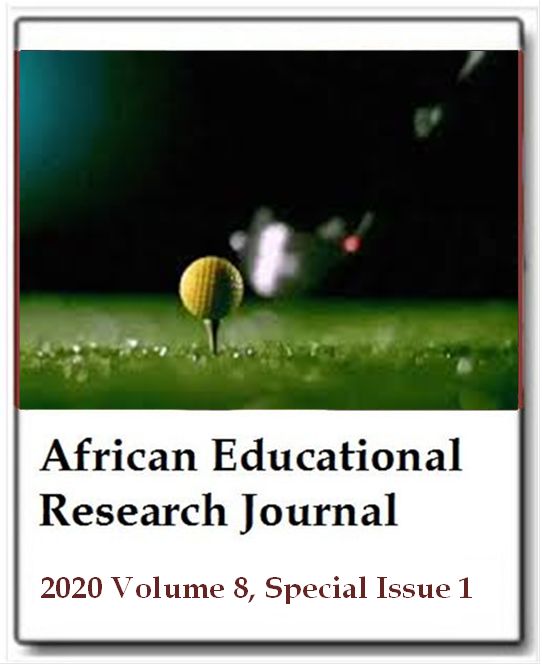The effect of deep and superficial techniques of sports massage on the indicators of muscle and inflammatory damage of young volleyball players after a session of physical activity
Peyman Nematpour, Heidar Sajedi, Rasoul Sheikhkanlooym Milan and Recep GursoyAfrican Educational Research Journal
Published: August 26 2020
Volume 8, Special Issue 1
Pages S152-S156
DOI: https://doi.org/10.30918/AERJ.8S1.20.024
Abstract
Plyometric jumping exercises increase inflammation and muscle damage in the body and disrupt the body's physiological processes. To help with this, it is important to use a variety of recovery techniques, including massage. Therefore, the present study aimed to investigate the effect of deep and superficial techniques of sports massage and indicators on muscle damage and inflammation of young volleyball players after a session of strenuous physical activity. The present study was operational and quasi-experimental. For this purpose, 24 young volleyball players (with an average age of 19.04 ± 2.07 years, weight of 75.35 ± 12.09 kg, body mass index of 21.83 ± 2.61 and height of 185.25 ± 5.25 cm) were randomly assigned to three homogenous groups: A) 8 persons in deep massage group, B) 8 persons in superficial massage group, and C) 8 persons in control group. Ten minutes after the intense physical activity protocol, the participants of the deep and superficial massage groups received a massage for 30 min. Blood samples from all the participants were taken four times, including before warming up and performing the protocol, immediately after performing the protocol, immediately after massage and 24 hours after the protocol was performed .The inflammatory indices (C reactive protein, 6 interleukin) and the muscle damage indices (creatine kinase, lactate dehydrogenase and lactate) were then measured. The data were analyzed using SPSS20 software and statistical method of analysis of variance with repeated measurement at a significant level of P < 0.05. The results showed that in young volleyball players, after a strenuous physical activity session, deep massage techniques differed significantly from the control group in the profile of inflammatory indicators including C reactive protein, 6 interleukin and muscle damage including creatine kinase, lactate dehydrogenase and lactate (P < 0.001). Also, the superficial massage group was more significant than the control group in these indicators (P < 0.05). There was no significant difference between the groups of deep and superficial massage in the indicators of inflammation and muscle damage (P > 0.05). The findings showed that both deep and superficial massage techniques were effective in reducing inflammation and muscle damage after plyometric exercise. Therefore, to prevent injury, it is recommended to perform massage after strenuous physical activity.
Keywords: Massage, inflammation indicators, indicators of muscle damage, young volleyball players.
Full Text PDFThis article is published under the terms of the Creative Commons Attribution License 4.0

